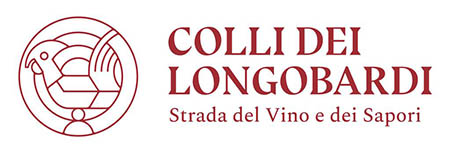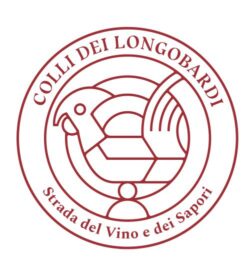Castenedolo
Here there is finally a village with clear origins!
Castenedolo, with no doubts, is a village born during the XI-XI centuries, because of the intervention of Brescia.
We gather these informations from the village’s book, written by many experienced researchers. The previous volumes by Geroldi and Zanolini were wide, but did not guarantee a rigorous interpretation of the past. While the last book, as its editor says, “presents a rigorous and especially scientific analysis about the communities that built a civilization with Brescia and that expressed a sole identity”. It is however unclear, which “civilization” and “sole identity” were expressed by Castenedolo. The “scientific analysis” is unclear, too.
We can plead Geroldi and Zanolini’s cause by citing the great historian Lucien Febvre when he said that “every epoch makes up in its mind the past, its Rome and Athens, its Middle Ages and Renaissance. At any rate, this is imagination. The previous epochs had represented the past according to their personal interests, too. Even George Duby claimed that few historians “think that it is possible to create a “scientific” history. To tell the truth, I am sure that historical subject is inevitably subjective”.
The following consideration will be subjective, too. Castenedolo, since its birth, has been devoted to agriculture and every initiative taken by the municipality, with the relationships with St. Eufemia Monastery and Brescia, was aimed at achieving an administrative self-governement. Until when, in 1428 the autonomy was given to Count of Carmagnola, captain of fortune who served Venice. His brief feud lasted just until 1432, when he was beheaded in Venice. The municipality bought his goods and had, like most of the town, a body of laws, the Statutes, published by Geroldi in 1944.
There is an event that makes Castenedolo’s situation particular: the juspatronus, a law given by Alessandro VI Borgia, which allowed the village to decide its parish priest, and to indicate his name to the Bishop.
During the Venetian period, about four hundred years later, Castenedolo was in the same conditions as the other villages in Brescia’s countryside. Most of the lands are in the townspeople’s hands; the three big families of Rodenghi, Longhena and Zimbelli possess 65,5 per cent of the village’s properties “The best lands belong to landowners from the city. They rent it out to farmers, who can get a poor additional income, added up to the gains coming from their average lands. The native inhabitants treasured the town properties, and the foreigners had to struggle in order to obtain the admission to the town government; in 1444 the aim of the Statutes was actually to protect the natives’ goods. This event, which is sometimes a topical question, was not typical of Castenedolo; there were disorders among all communities in Brescia. The wind of change brought not only by the French Revolution smoothed things over. But there were no answers to the problem of latifundia: the nobles lost their properties, while the middle class’ lands increased. The Austrian Catasto underlined the big gap by writing the names of the biggest landowners: Valsecchi Luigi, Filippini Pietro, Borghetto Giuseppe, and Zampiceni Giovanni Antonio. There were also many charitable institutions, the Ospedale Maggiore and the male orphanage (named La Misericordia-The Mercy) that in the Napoleonic Age had 3000 pertiche (more than 1.000 square yards), and their lands grew during the Austrian Age. Farmers and small landowners were given ground for tenant farming; they were at the mercy of one-sided contracts and of weather conditions. Other gains came from sericulture or from other activities related to spinning mill.
Even socialism and trade unions couldn’t better the farmer’s conditions, both of sharecroppers and waged. Because of the fights, people developed an awareness of their rights and worthiness, but contrasts were too hard for the results to be satisfying.
A particular feature of the village was the birth and then the development of the frangiaie (spinners), supported also by Mothers Canossiane. Spinners from Castenedolo were the most renowned all around the province.
We do not talk about the dictatorship: there were martyrs in Castenedolo.
Finally, democracy and republic arrived…
Everyone knows this story. Even if it is subjective.







